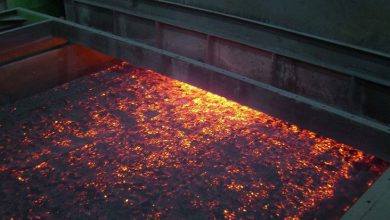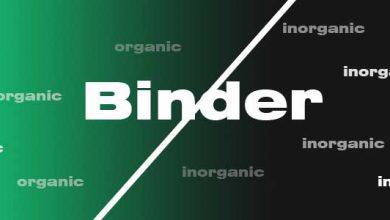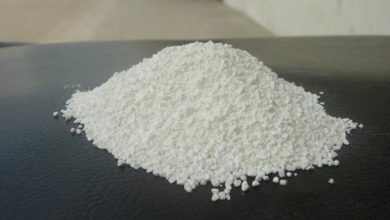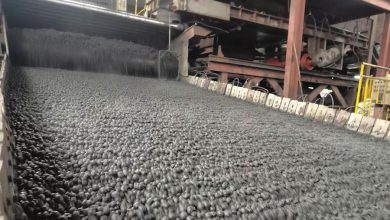With the rise of precision agriculture and crop-specific nutrient strategies, specialty compound fertilizers have gained widespread popularity. Among the various fertilizer production technologies, dry granulation has proven especially effective due to its simplicity, low energy consumption, and environmental advantages.
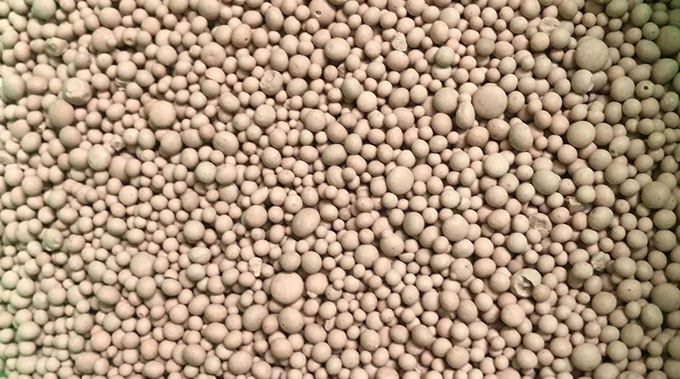
Why Granulation
Granulation transforms fine powdery raw materials into uniform, easy-to-handle granules, ensuring better flowability, reduced dust, improved nutrient delivery, and enhanced physical strength of the final fertilizer product. In specialty compound fertilizers, granulation ensures even nutrient distribution, tailored nutrient release, and compatibility with mechanized spreading. Compared to powdered forms, granulated fertilizers improve application efficiency, reduce nutrient loss, and minimize environmental pollution.
Dry granulation is particularly favorable for fertilizers with moisture-sensitive or reactive components. The method requires no additional drying step, minimizing energy costs and maintaining the integrity of water-soluble nutrients. It also allows precise control over particle size and density, catering to specific crop and soil needs.
How Granulation Works
Dry granulation involves the mechanical compression of raw powder blends between two counter-rotating rollers. The materials are fed through a screw feeder into the compactor, where pressure forms them into dense, uniform granules. The formed granules are typically first crushed and then passed through the screening system to separate qualified particles.
The compactor uses the motor and reducer to drive the rollers, with synchronized movement ensured by gear coupling. An intensive mixer ensures uniform raw material blending, and optional liquid spraying helps optimize the moisture range before compacting. The final granules meet mechanical strength standards and are suitable for storage and distribution without additional drying.
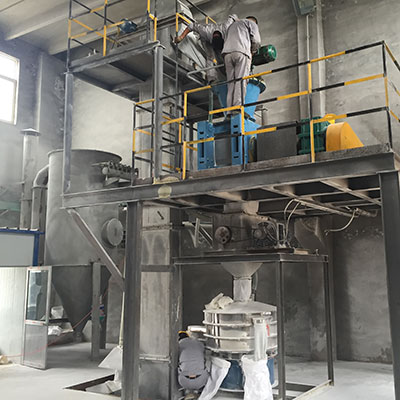
Process
The dry granulation process consists of the following stages:
Raw Material Feeding: Powdered raw materials, including fertilizers and additives, are pre-mixed and stored in the feed hopper.
Compacting: Materials enter the compactor where two counter-rotating rollers apply pressure to form compacted flakes.
Crushing: The flakes are discharged directly into the crusher located under the rollers, where they are broken into smaller granules.
Screening: Crushed materials are transferred to a vibrating screen, which separates product-sized granules from oversize and undersize fractions. Oversized materials return to crushing; fines can be recycled.
Rounding (Optional): According to customer requirements, a granule rounding machine (e.g., double-disc spheronizer or rotating drum) may be used to improve shape and surface quality.
Packaging: Qualified granules are delivered to a packaging line for weighing, filling, sealing, and storage.
This streamlined process supports modular customization, suitable for a range of production capacities and formulations.
Machines
The core machinery involved in dry granulation includes:
Compactor (Double Roller Press): Applies high pressure to form the raw material into flakes. Rollers are made of wear-resistant alloy and operate with stable torque.
Crusher: Located beneath the compactor, this unit crushes flakes into granules. The clearance can be adjusted based on particle size requirements.
Screening Unit: Vibrating screen separates the crushed materials into acceptable granules, oversized pieces, and fines.
Granule Rounding Machine (Optional): Devices like twin-disc pelletizers or rotating drums are selected according to specific granule shape and strength requirements.
Packaging Line: Automated system comprising electronic scales, conveyors, sealing equipment, and dust collection devices.
All machines are constructed for easy operation, maintenance, and adaptation to different fertilizer formulations and production scales.

Suitable Raw Materials
Dry granulation is compatible with a wide range of raw materials:
- Inorganic Components: Ammonium chloride (≥25%), urea (≥25%), monoammonium phosphate (8-47-0), diammonium phosphate (16-44-0 or 18-46-0), potassium chloride (≥60%), potassium sulfate (≥50%), magnesium sulfate, zinc sulfate, borax.
- Organic Inputs: Humic acid (≥45%) improves nutrient retention and soil health.
- Auxiliaries: Zeolite powder enhances granule structure.
These ingredients are combined based on crop type, soil condition, and agronomic test data, supporting tailored fertilizer formulations with high nutrient efficiency.
Technical Control Points
To ensure consistent product quality and smooth operation, several technical parameters must be strictly monitored:
- Moisture Content: Optimal range is 2–5%. Lower levels hinder granulation; higher levels cause clogging and sticking.
- Roller Gap: Should remain between 1–2 mm. Smaller gaps cause wear; larger gaps reduce flake strength.
- Raw Material Size: Best granule quality is achieved when feed particles are 0.1–1 mm in diameter.
- Sealing Structure: Three-layer sealing (liner, labyrinth, contact seal) prevents leakage and minimizes friction.
- Wear Parts: Mixing tools and pins should be monitored and repaired or replaced periodically.
Common Chemical Reactions During Granulation
Certain ingredient combinations can trigger unwanted chemical reactions during granulation:
- Urea + Superphosphate: H3PO4 reacts with CO(NH2)2 forming highly soluble compounds and releasing water, causing sticky mixtures.
- Superphosphate + Ammonium Bicarbonate: Releases CO2 and water, resulting in wet, adhesive material.
- Urea + Nitrophosphate: Leads to rapid moisture absorption and material agglomeration within 25 minutes.
Countermeasures:
- Replace or buffer acidic ingredients with neutral agents like calcium magnesium phosphate.
- Use drying additives such as magnesium oxide.
- Avoid using urea and nitrophosphate together in one formulation.
Dry granulation offers an energy-saving, clean, and highly adaptable approach for manufacturing NPK and specialty compound fertilizers. Through proper equipment selection, controlled processing parameters, and thoughtful formulation design, it is possible to produce high-quality, crop-specific granules that meet industry standards. As agricultural practices evolve toward precision and sustainability, this method will continue to gain importance in the fertilizer industry.


